Eight major coffee producing areas in Costa Rica introduce the flavor characteristics of Costa Rican Tarazu coffee beans which taste good
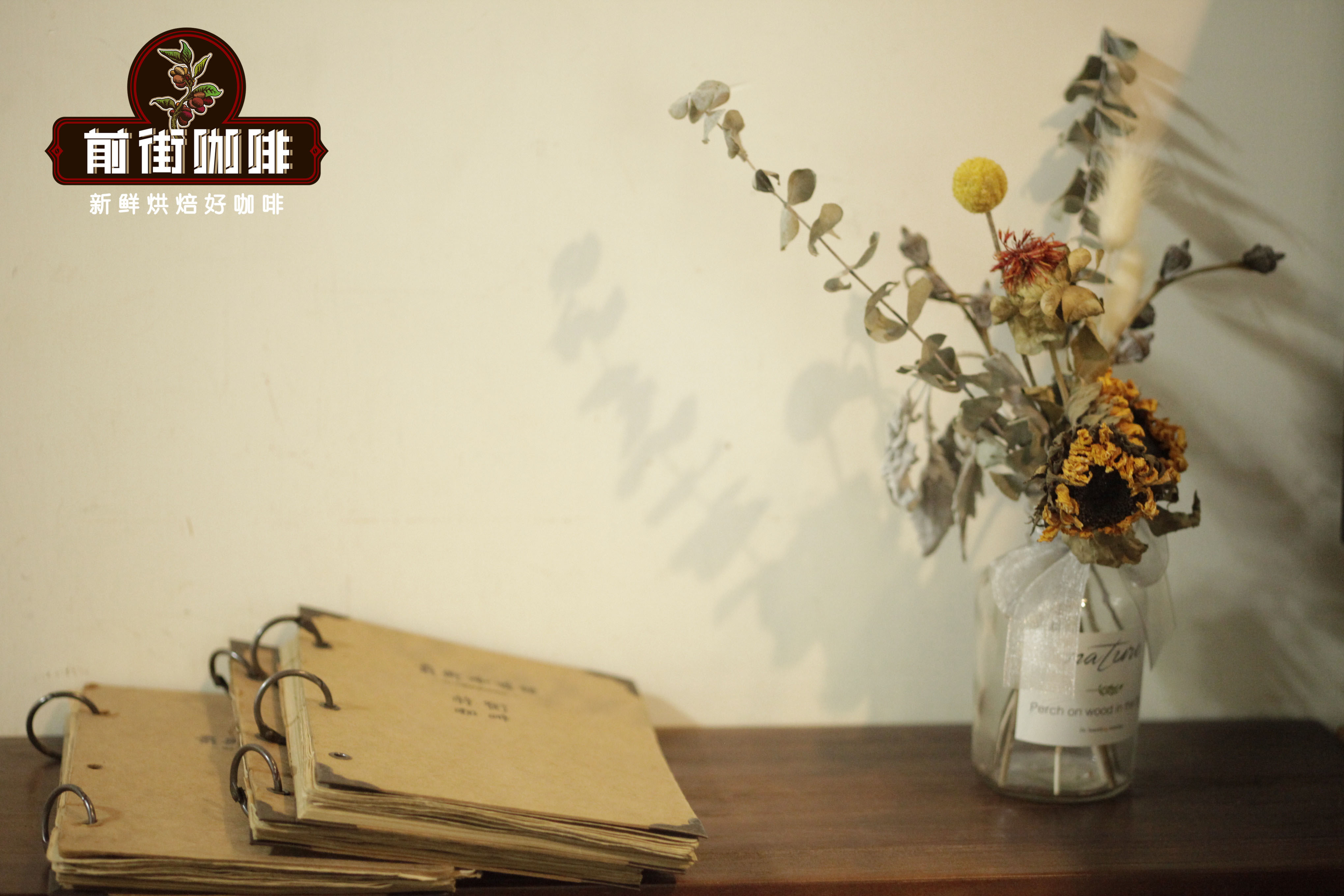
Friends who like to drink American coffee beans must know that Costa Rican coffee beans, a Central American isthmus country located in North and South America, produce honey-treated coffee beans that are intoxicated by coffee guests in the other world. even the front street coffee bean list also has six Costa Rican coffee beans, it can be seen that the quality of Costa Rican coffee should not be underestimated.
Costa Rican coffee bean producing area
First of all, coffee lovers who are familiar with the fields know that Costa Rica is located in Central America, and according to Qianjie Coffee, Costa Rica is also the first country to introduce coffee trees to grow, with a long history. Volcanic soil is very fertile and good drainage, especially the central plateau Central Plateau, volcanic topography with fertile volcanic ash, mild and suitable temperature, stable and abundant rainfall, become an indispensable factor for the cultivation of good coffee.
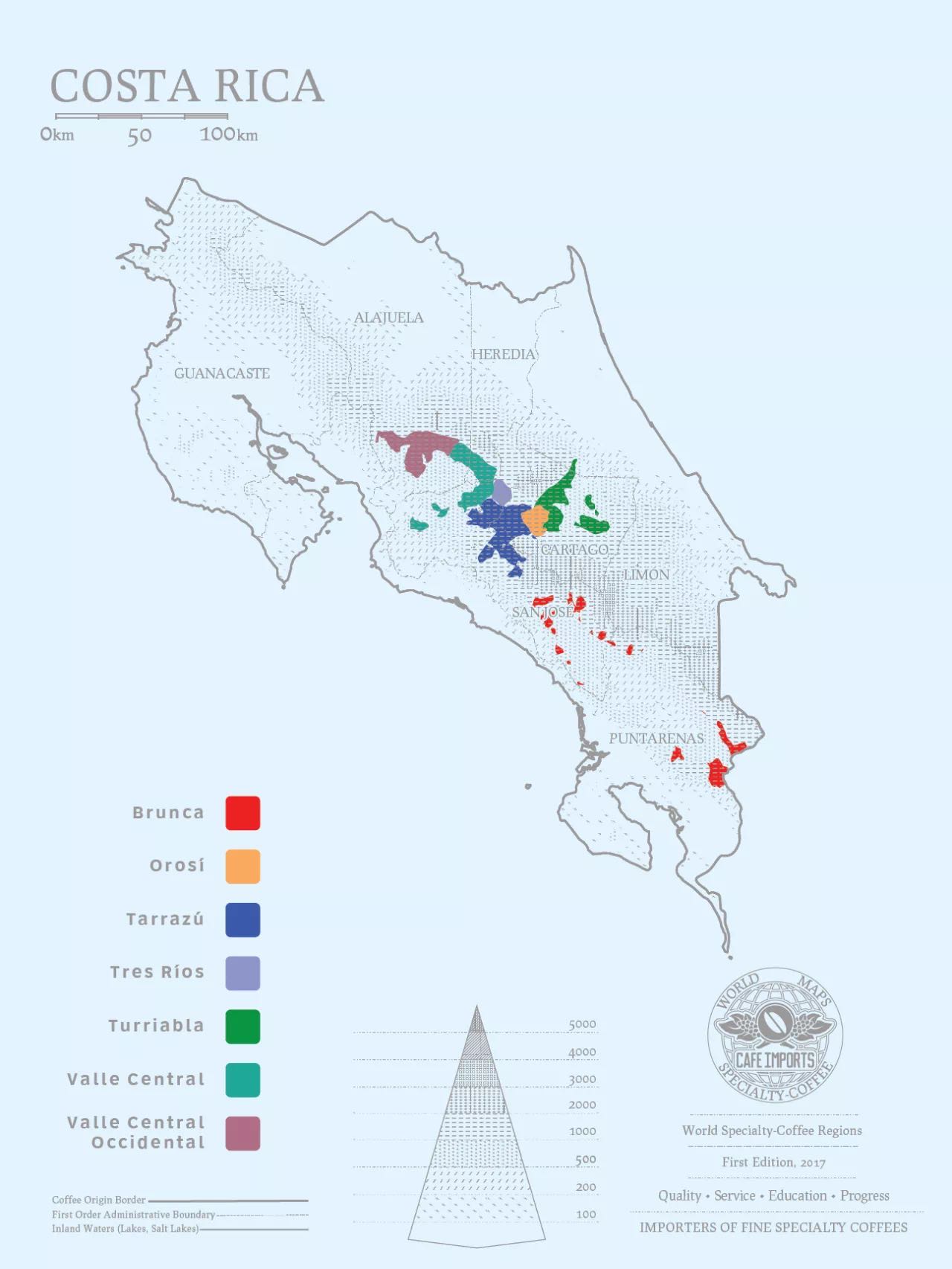
Among them, the main producing areas of coffee beans are Valley Central Occidental in the western valley, Valley Central in the central valley, Tarrazu in Tarazhu, Tres Rios in Sanshui River, Orosi in Europe, Brunca in Brunka, and Turrialba in Duli Alba, among which the most famous and highest producing area is Tarazu. Qianjie Coffee is also fascinated by Tara Zhu's coffee beans. Qianjie believes that the washed coffee beans produced by Tarazu can best represent the flavor of Costa Rica, so Qianjie chose Tarazhu coffee beans as its Costa Rican rations.
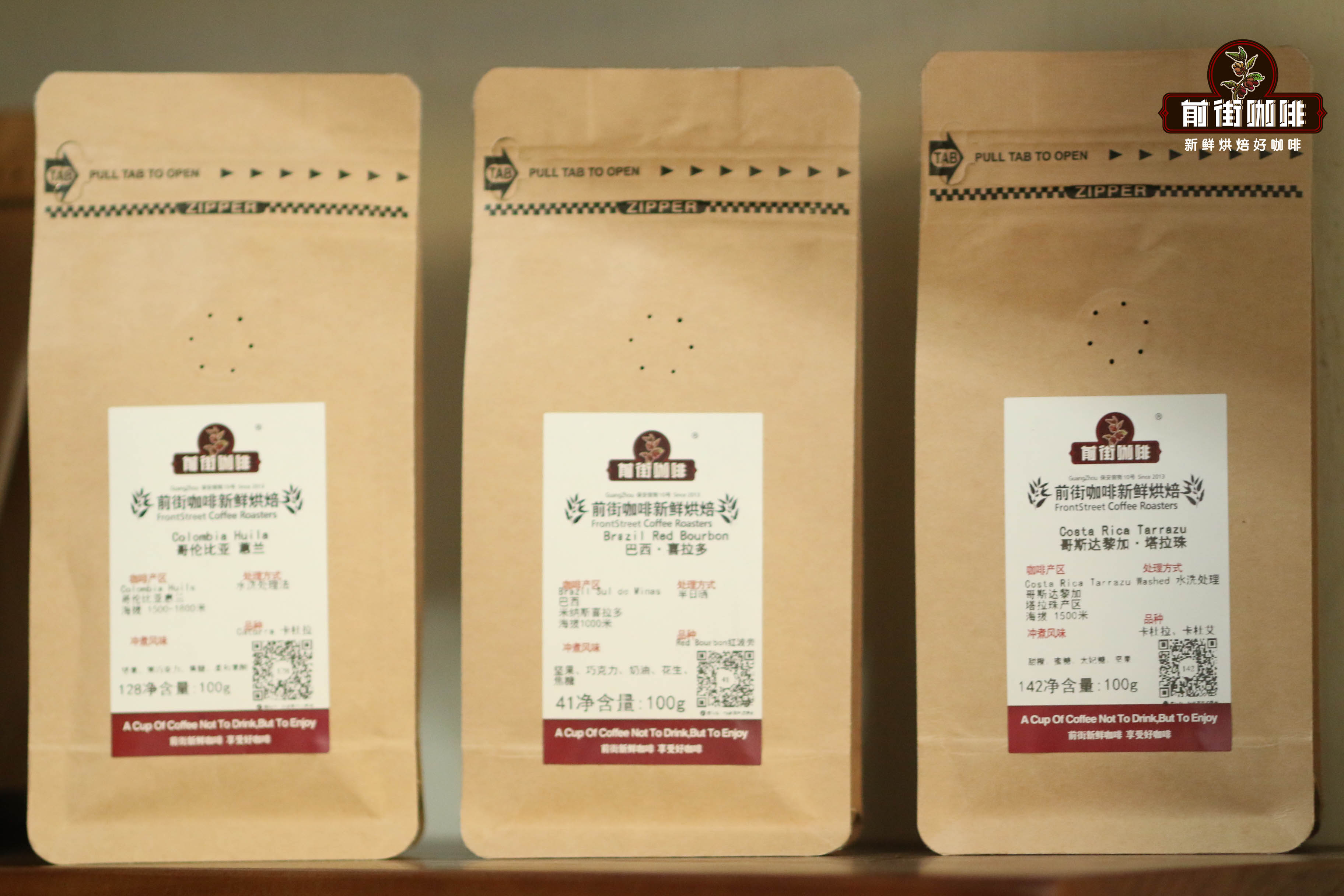
Next, Qianjie Coffee, let's take a look at the flavor characteristics of the coffee beans produced in these eight major producing areas.
Western Valley West Valley:
The western valley is rich in volcanic soil, sufficient sunshine, with an annual average relative humidity of 81%, abundant rainfall and an average annual temperature of 21.50 ℃, which makes the crops grow luxuriantly in this area and is also conducive to the cultivation of high-quality coffee at high altitude. The western valley region is 1000-1200 meters above sea level, with a long harvest period from November to March, which is blown by more Pacific air currents, and the temperature is often cooler than other mountainous areas at higher elevations. therefore, the quality of coffee fruits and seeds produced in this area is very excellent.
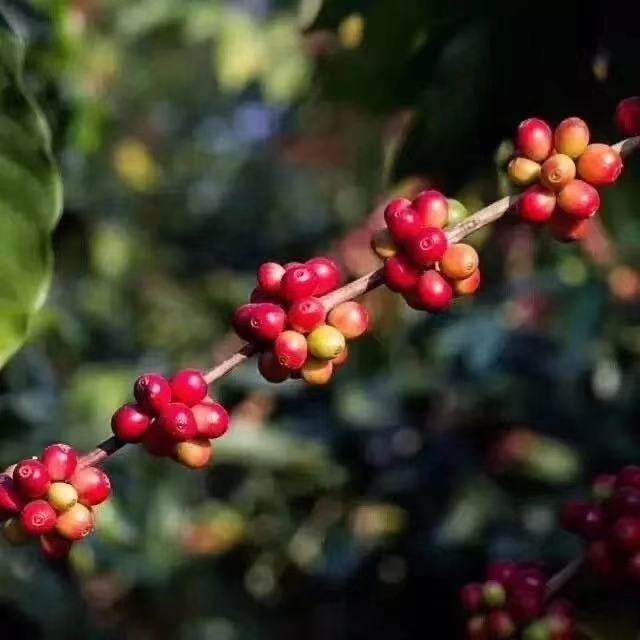
Central Valley CentralValley:
The Central Valley is also the first area in Costa Rica to grow coffee, with moderate annual rainfall of 118in, average annual temperature of only 19 ℃, elevation of 1200-1600 meters, and production season from November to March of the following year. Because of the high altitude, the beans are hard, smooth, high acidity, full-bodied and full-bodied. Coffee in this area is the earliest coffee growing area in Costa Rica, with rich volcanic soil and sometimes chocolate aroma. The front section is washed and the back section is dried by machine at low temperature.
Tarazhu Tarrazu:
Tarrazu in Costa Rica is one of the major coffee producers in the world. Located in the south of the country's capital SanJose, Tarazu is one of the most valued coffee growers in the country. The production of coffee is limited, it is grown on a piece of land called "LaMinita", the flavor is light and pure, and the aroma is pleasant.
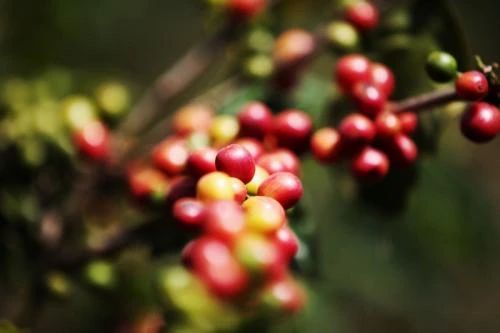
Sanhe Tres Rios:
Sanshui River (Tres Rios) is a famous small producing area in the Tarazhu producing area. The Yilazhu volcano and river not far to the east of the capital constitute an excellent microclimate zone, with an elevation of 1200-1650 meters. From December to March, the place has good climatic conditions, obvious taste and good balance. It is the characteristic of coffee in this area. The coffee bean flavor is bright and sour, the nutty and floral taffy is sweet and charming, and the smooth acidity is high. The beans are hard and full with rich aroma.
Eurosci Orosi:
From September to February, Eurosi is located in a 40-kilometer valley in San Jose. Its coffee tradition dates back more than 1200 years, and the community has developed around this economic activity. The taste is smooth, the bean body is full, the aroma is fragrant, and the coffee taste is smooth and balanced.
Brenka Brunca:
800-1200 meters above sea level, August-January of the production season, general acidity, fullness, ordinary fragrance, the latest producing area, suitable for all kinds of consumers, taste compatible with other producing areas.
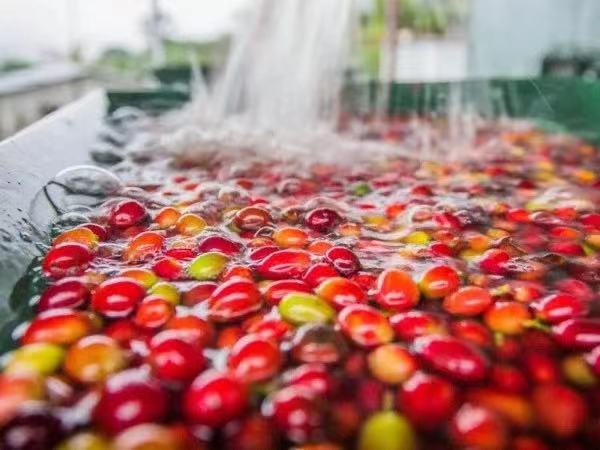
Duli Alba Turrialba:
600-900 meters above sea level, July-December of the production season, general acidity, thin beans and fragrant fragrance. The harvest season in this area is the earliest in all Costa Rican producing areas, mainly due to the influence of abundant rainfall.
Guanacaster Guanacaste:
At 90-1200 meters above sea level, these coffee areas are located in the mountains of volcanoes and the Guanacaster Mountains. About 85% of the plantations are close to forest areas, allowing coffee trees to grow naturally and achieve sustainable coffee cultivation. The coffee area of Guanacaster region grows on the soil of Andisol volcano and has high fertility and excellent structure. Mainly Kaddura and Kaduai varieties, coffee acidity is low.
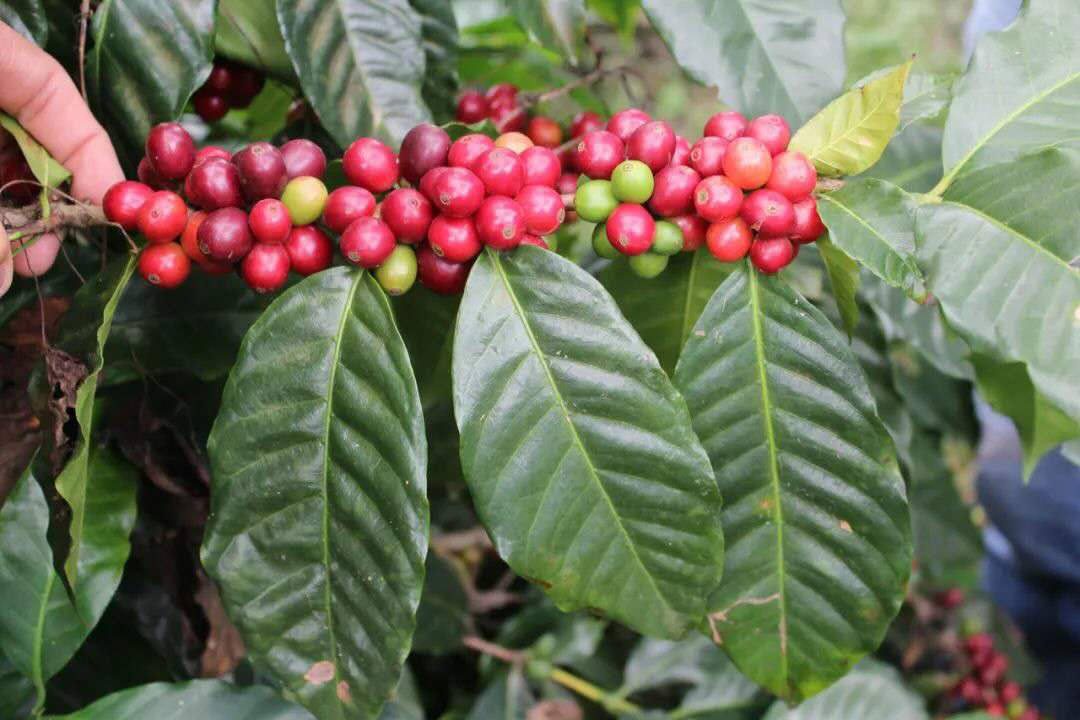
The above is the introduction of the Costa Rican coffee producing area organized by Qianjie Coffee. Tarazhu is one of the favorite coffee producing areas of Qianjie Coffee, so Qianjie Coffee has also introduced a lot of coffee beans from this producing area. Next, Qianjie Coffee will introduce these coffee beans from the Tarazu producing area of Costa Rica to everyone.
Qianjie introduced three kinds of musician series coffee beans represented by Black Gold Company, namely, Bach, Mozart and Beethoven, all from Carnett Manor in Tarazhu. the musician series coffee beans once attracted the attention of the coffee circle with their amazing flavor, although it also attracted a lot of discussion, but now it seems that the musician series of coffee beans are very successful.
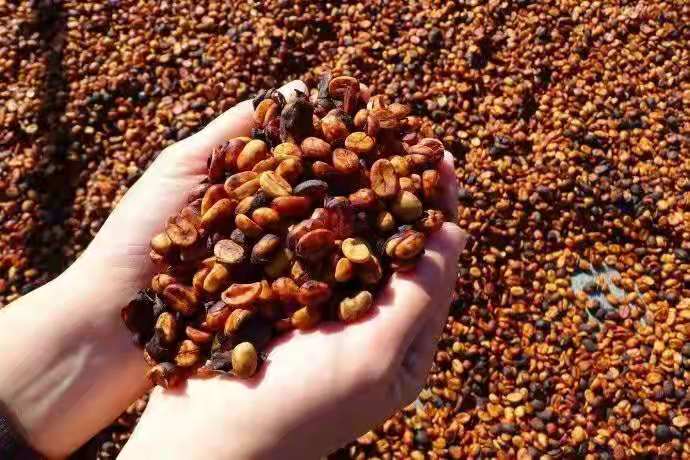
The Bach and Mozart coffee beans in the front street are treated with grape dried honey, which is a special honey treatment process. At first, the coffee fruit is dried with skin and meat, and then the skin and pulp are taken out and dried. The coffee beans treated in this way have very rich flavors of raisins, dark berries and fermented wine.
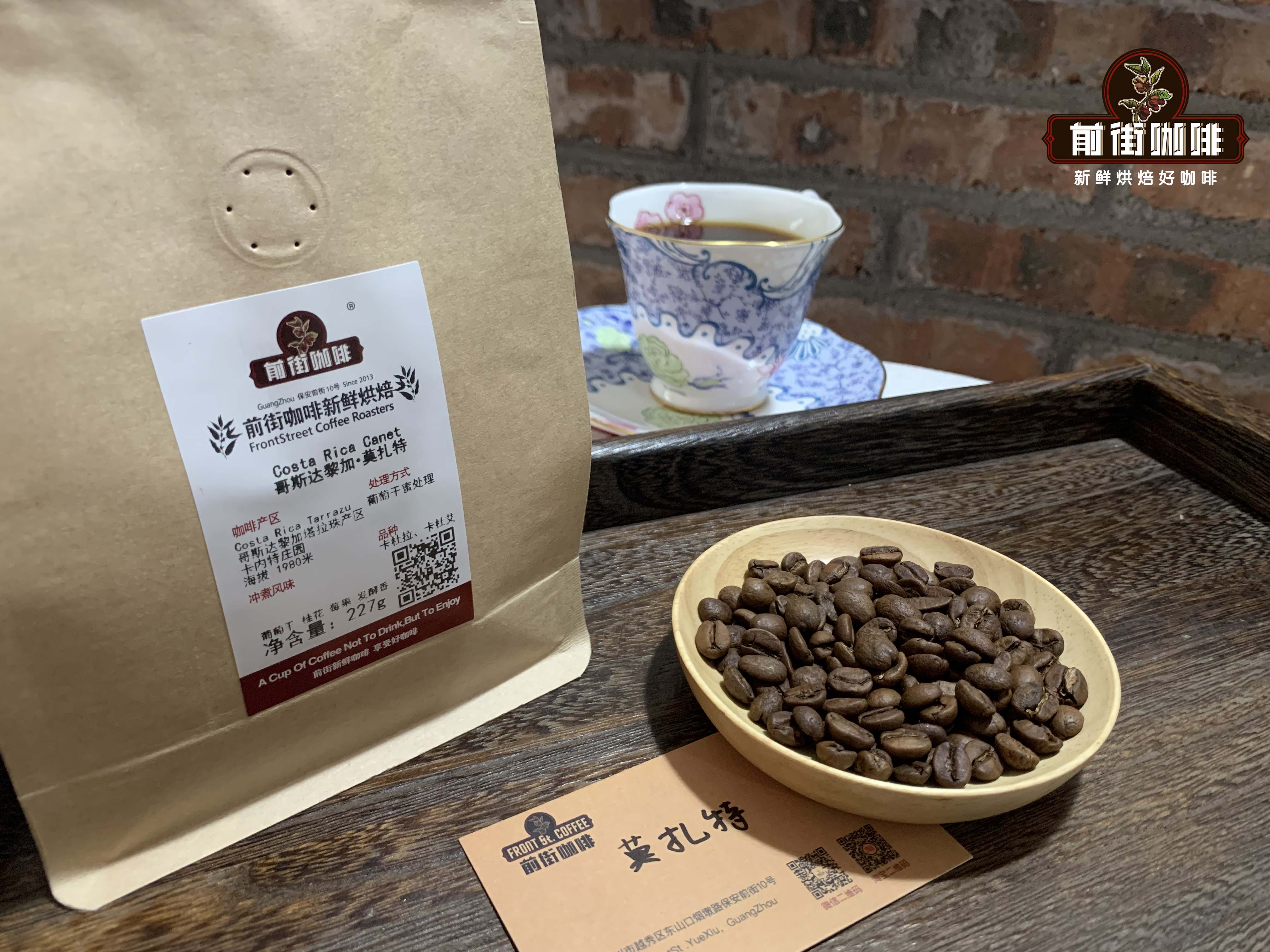
The biggest difference between Bach and Mozart is the degree of fermentation. Bach coffee beans are more fermented, so they have some fermented wine flavor and air-dried beef flavor. Mozart coffee beans are slightly lighter and have a dark fruit flavor.
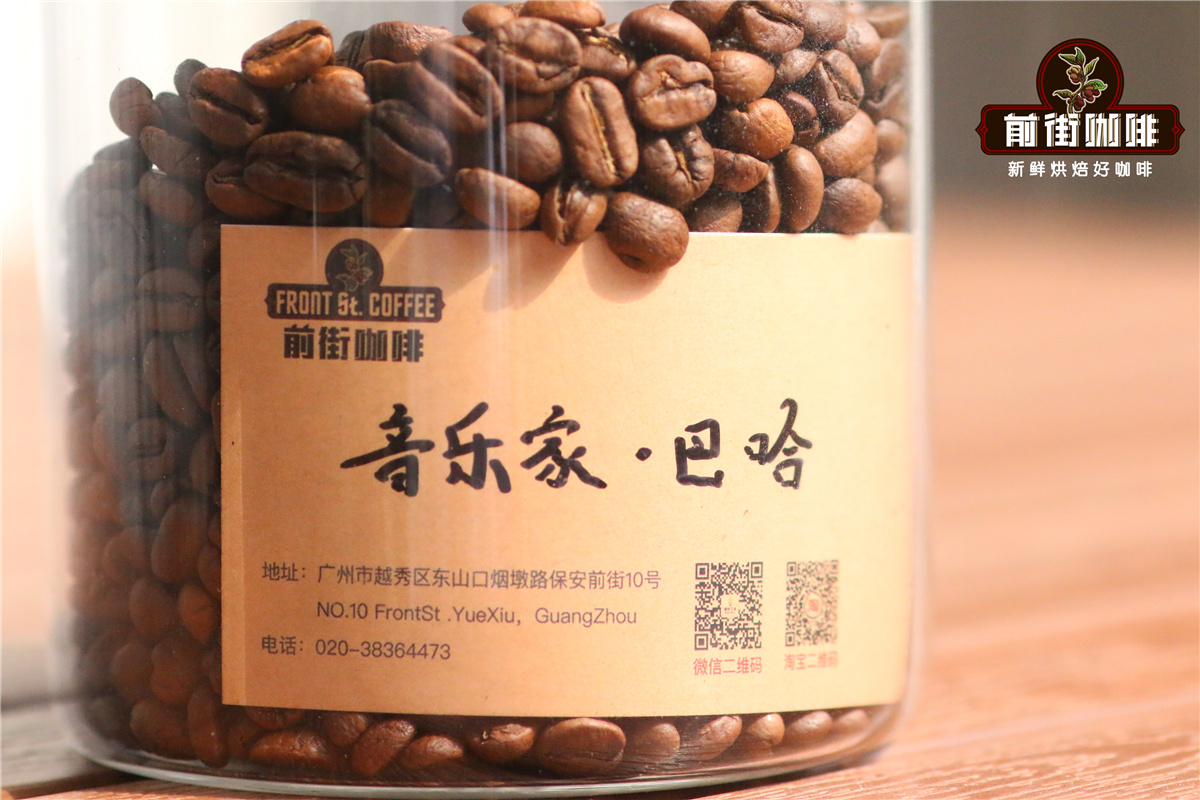
Another is Beethoven coffee beans, using a washing method, the flavor of yellow fruits, such as mango, papaya, wampee.
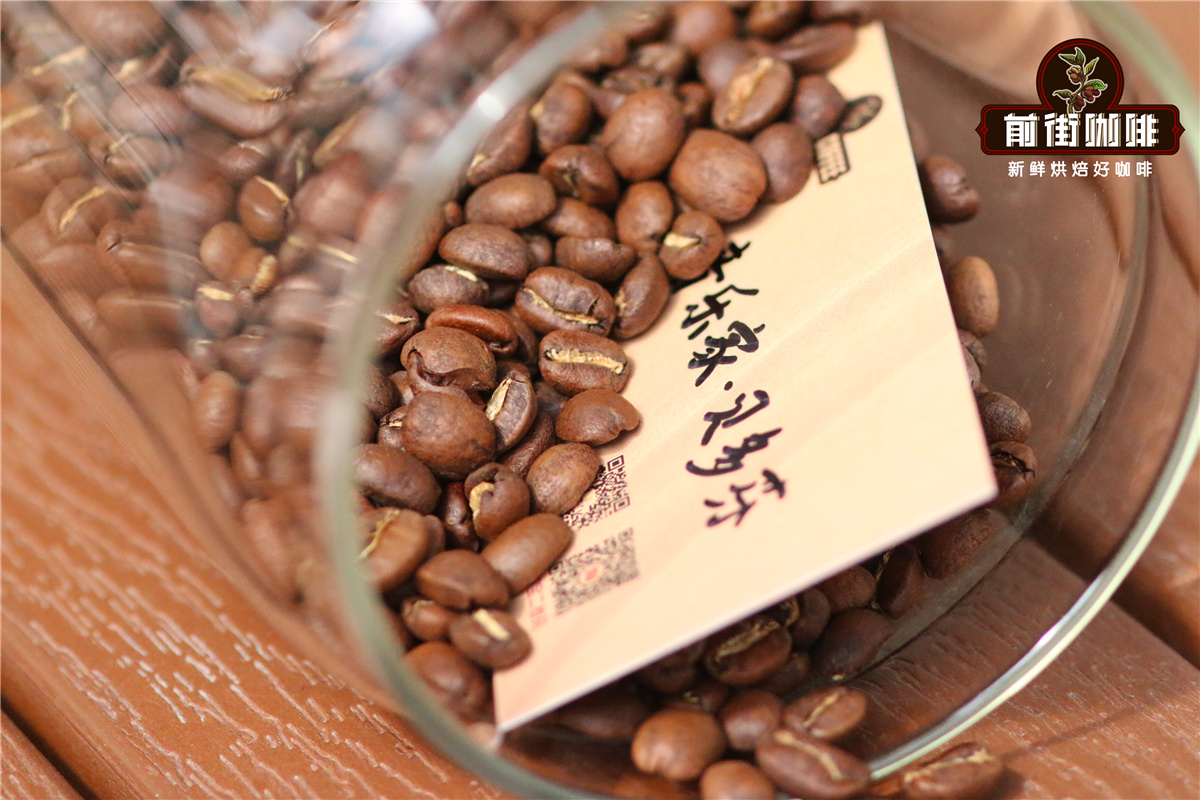
In front of the street, there is another Tara bead coffee bean, which is the rose summer blend of Milasu Manor, which, as its name implies, mainly contains 50% roses. In addition to summer roses, it also contains ET47, SL28 and MAICO. This Milasu rose summer variety of coffee beans provides the aroma of jasmine, while other varieties enrich the flavor of strawberries, coupled with the treatment of raisin honey to enhance the sweetness of this coffee. Therefore, brewing should reflect the floral and berry aromas of this coffee, as well as the flavor of grapes and strawberries.
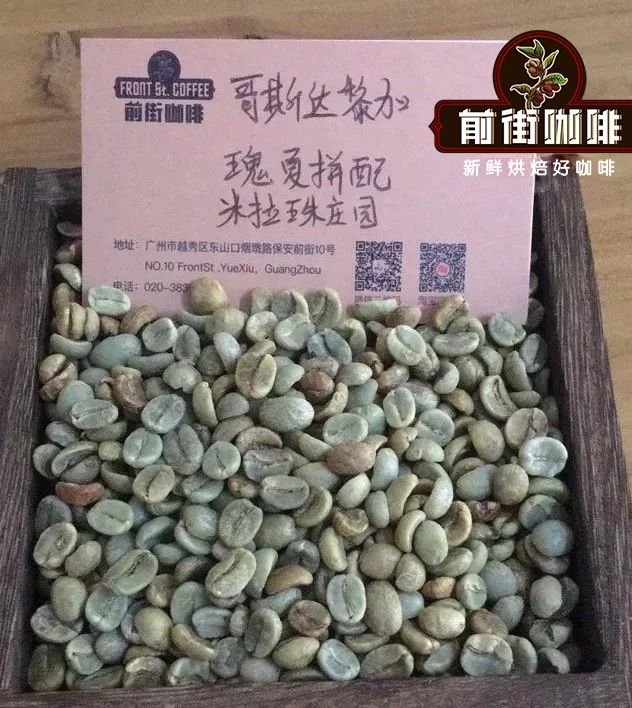
How to cook Costa Rican coffee beans in front of the street
In the brewing parameters, 15g coffee powder was selected in Qianjie, the grinding degree was fine, and the pass rate of No. 20 (850 μ m) standard sieve was about 78-80%. Powdered water is more suitable for the taste concentration of this coffee than that of 1:16 and 1:16, and smells better from the real senses. Through several brewing comparisons, the water temperature of 90-91 ℃ can better reflect the aroma and sweetness of this coffee. The filter cup uses V60 to enrich the layering of this coffee.
Process: put 15g coffee powder into the filter cup, first inject 30g of water to steam for 30 seconds, the coffee treated with raisin honey is more likely to absorb water and expand, followed by the fragrance of berries.
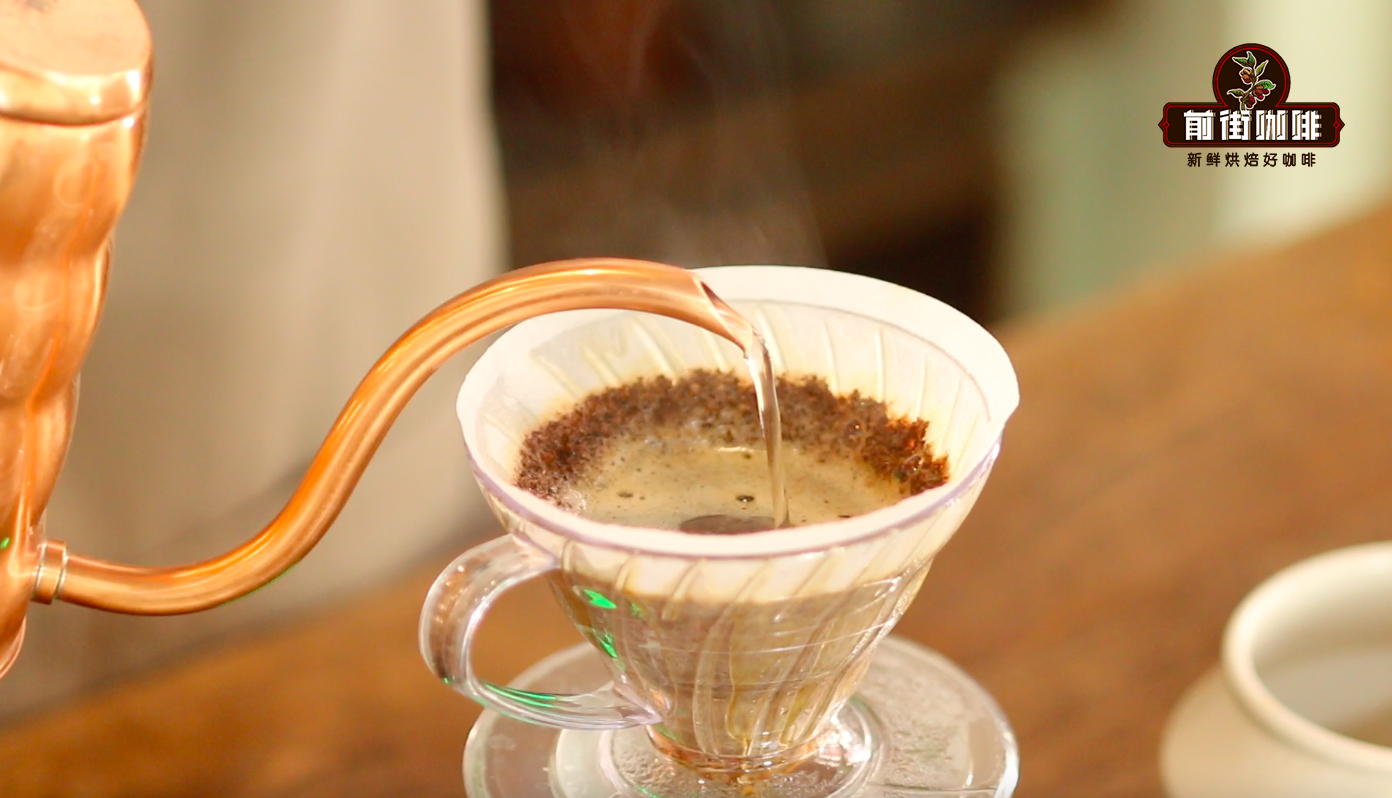
The second stage uses a small flow of water to inject 120g of water in a concentric circle, when the height of the powder layer is about the bottom of the short ribs. Start the last 90g water injection when the powder layer is sunken, and finish the extraction after the coffee liquid is dripped into the next pot for 1 minute and 50 seconds.
Professional coffee knowledge exchange more coffee bean information please follow the coffee workshop (Wechat official account cafe_style)
For more boutique coffee beans, please add private Qianjie coffee on Wechat. WeChat account: kaixinguoguo0925
Important Notice :
前街咖啡 FrontStreet Coffee has moved to new addredd:
FrontStreet Coffee Address: 315,Donghua East Road,GuangZhou
Tel:020 38364473
- Prev
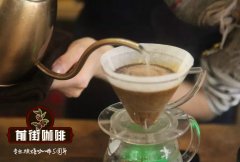
Introduction to the current situation of Mexican coffee what is the flavor of Mexican coffee?
Professional coffee knowledge exchange more coffee bean information please follow the coffee workshop (Wechat official account cafe_style) Mexico is close to the United States, its coffee production is the fourth highest in the world, mainly produced in the southeast adjacent to the Malavite Nango Highlands in Guatemala. Brother Mo, about 70% of his coffee is exported directly to the United States, which is treated by washing and divided into three grades according to their height.
- Next
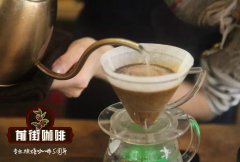
The coffee producing area of El Salvador in El Salvador introduces what is the hot spring coffee in El Salvador?
Professional coffee knowledge exchange more coffee bean information please follow the coffee workshop (Wechat official account cafe_style) in 1958, the Salvadoran Coffee Institute (Salvadoran Coffee Research Institute, ISIC) successfully mated Pacas and Maragojipe (Maragogype) and cultivated a new coffee variety called Pacamar
Related
- Detailed explanation of Jadeite planting Land in Panamanian Jadeite Manor introduction to the grading system of Jadeite competitive bidding, Red bid, Green bid and Rose Summer
- Story of Coffee planting in Brenka region of Costa Rica Stonehenge Manor anaerobic heavy honey treatment of flavor mouth
- What's on the barrel of Blue Mountain Coffee beans?
- Can American coffee also pull flowers? How to use hot American style to pull out a good-looking pattern?
- Can you make a cold extract with coffee beans? What is the right proportion for cold-extracted coffee formula?
- Indonesian PWN Gold Mandrine Coffee Origin Features Flavor How to Chong? Mandolin coffee is American.
- A brief introduction to the flavor characteristics of Brazilian yellow bourbon coffee beans
- What is the effect of different water quality on the flavor of cold-extracted coffee? What kind of water is best for brewing coffee?
- Why do you think of Rose Summer whenever you mention Panamanian coffee?
- Introduction to the characteristics of authentic blue mountain coffee bean producing areas? What is the CIB Coffee Authority in Jamaica?

